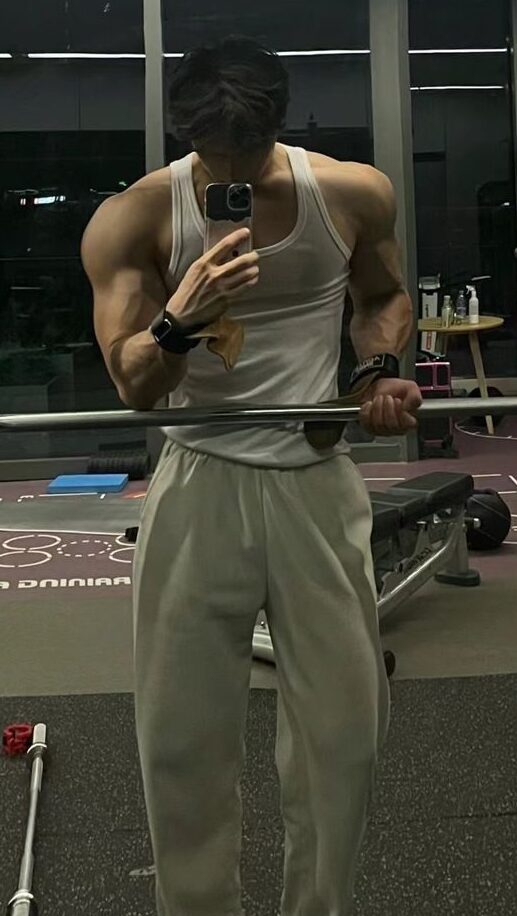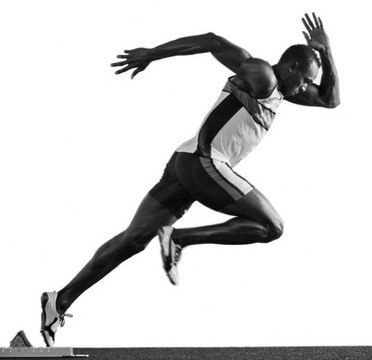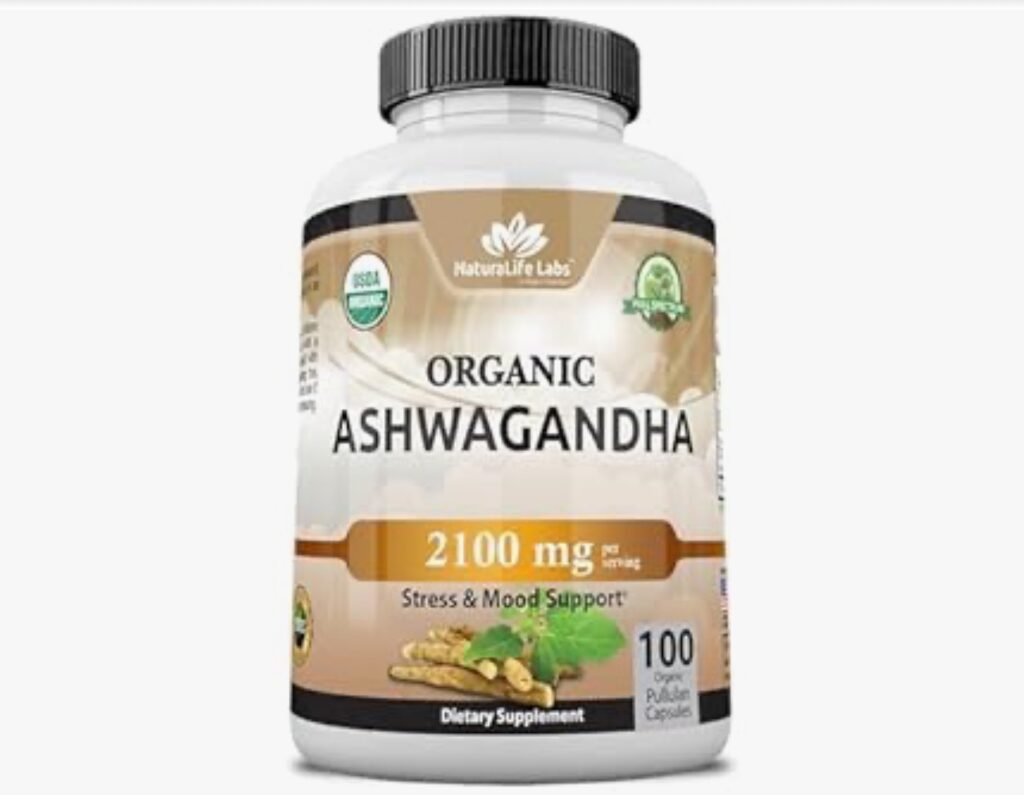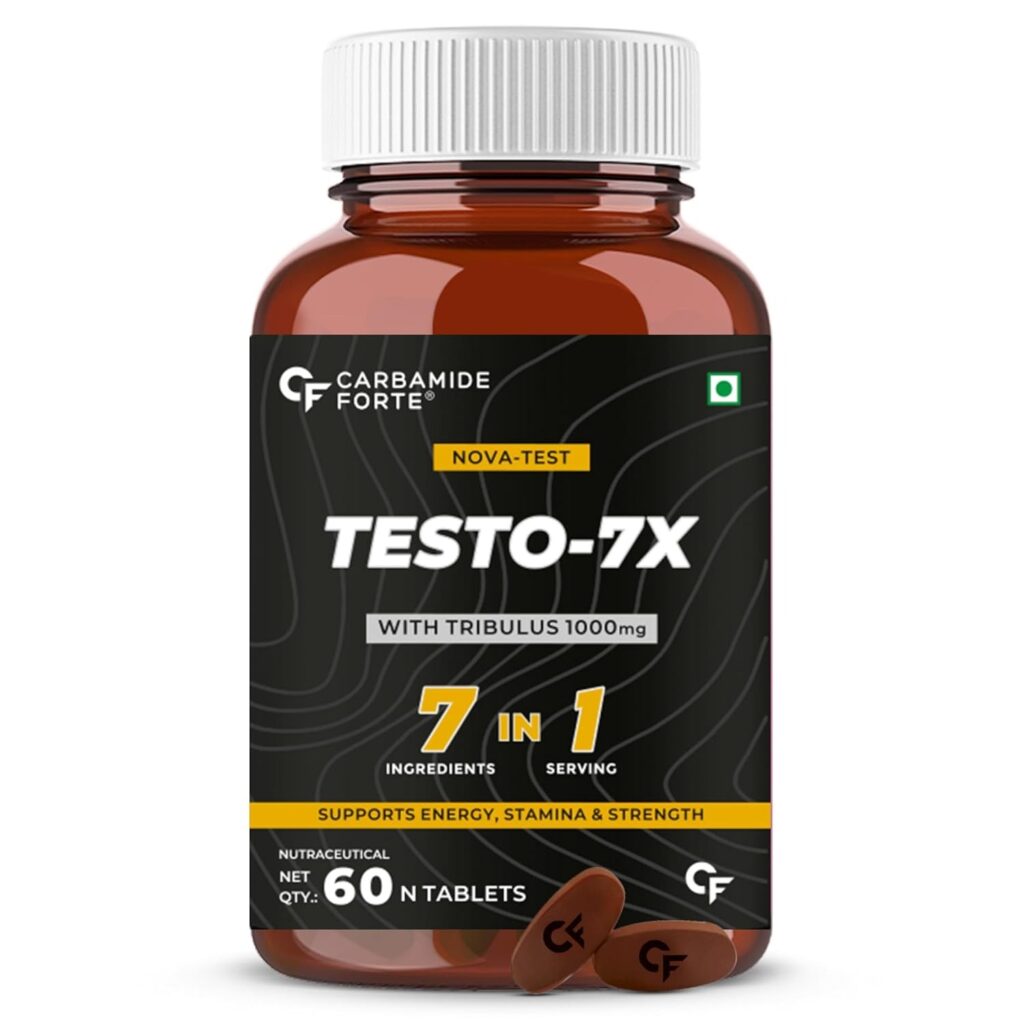Growing taller might seem impossible once you hit adulthood, but the truth is—there are scientifically supported methods that can help you maximize your height potential or at least appear taller and more aligned. While genetics play a big role, your lifestyle, nutrition, exercise, and sleep can significantly influence your growth—especially in your youth. Let’s break down how you can boost your height naturally, no matter your age.

🧬 Understand What Really Affects Your Height
Your genetics determine 60–80% of your height, so if your parents are tall, you likely will be too. But here’s the kicker: 20–40% of your height is still under your control. This portion is influenced by factors like:
- Nutrition
- Physical activity
- Sleep quality
- Posture
Growth plates, the soft cartilage at the ends of your long bones, are the main engines of height growth. These plates remain open and active during childhood and adolescence, typically closing between ages 18 and 25. After that, natural height increase becomes rare—but not impossible when you focus on posture and spinal alignment.
Sprinting & HIIT: Boost Human Growth Hormone (HGH)

One of the most effective ways to stimulate height during your growth years—and maintain it later—is by boosting your Human Growth Hormone (HGH) levels. High-Intensity Interval Training (HIIT), especially sprinting, is proven to trigger HGH release.
How to do it:
- Sprint at maximum speed for 30 seconds
- Follow with 60 seconds of rest or light walking
- Repeat for 5–7 rounds, 3–4 times per week
This short burst of intense effort sends signals to your body to release more growth hormone, which plays a critical role in tissue growth, bone development, and even muscle regeneration.
You can also try other sports like Volleyballl, Basketball
Eat a Height-Friendly Diet

If you want to grow taller or support bone health, diet is everything. Certain nutrients are essential for healthy bone development and height support.
Key nutrients for height growth:
- Calcium: Builds and maintains strong bones
→ Found in dairy, leafy greens, fortified foods - Vitamin D: Helps your body absorb calcium
→ Get it from sunlight, eggs, fish, and fortified products - Magnesium: Works with calcium for bone strength
→ Found in nuts, seeds, legumes, and whole grains - Protein: Crucial for muscle and tissue repair
→ Sources include lean meats, fish, tofu, eggs, and legumes
Foods to avoid:
- Excess sugar
- Too much caffeine
- Highly processed snacks
These can interfere with nutrient absorption and weaken bones over time.
Sleep Is Non-Negotiable for Growth

Sleep isn’t just about rest—it’s when your body repairs, recovers, and grows. During deep sleep, your brain releases the highest levels of HGH, making quality sleep a non-negotiable for growth.
Recommended sleep:
- Teens: 8–10 hours per night
- Adults: 7–9 hours per night
Even if your growth plates have closed, sleep supports spinal health, posture, and overall wellness—which helps you maintain your height.
Tips for better sleep:
- Go to bed and wake up at the same time every day
- Keep your bedroom cool, dark, and quiet
- Use blackout curtains or earplugs to avoid disturbances
Masai Jumps

Masai jumps, inspired by the traditional high jumps performed by the Maasai tribe of East Africa, are a powerful plyometric exercise that can support height growth. These vertical jumps involve explosive movement from a standing position, repeatedly propelling the body upward. This dynamic motion stimulates the lower body muscles, particularly the calves, hamstrings, quads, and glutes, while also applying healthy stress to the spine and leg bones. This impact can help activate growth plates in growing individuals, encouraging bone lengthening over time. Additionally, Masai jumps promote the release of human growth hormone (HGH), which plays a vital role in physical development and height gain.
Final Thoughts
While you can’t control your genes, you can control how you eat, move, and sleep. These factors all play a role in your growth—especially if you’re still in your teenage years or early twenties. Even after your growth plates close, a proper posture, good sleep, and smart training can help you look and feel taller.
You May Also Like:




